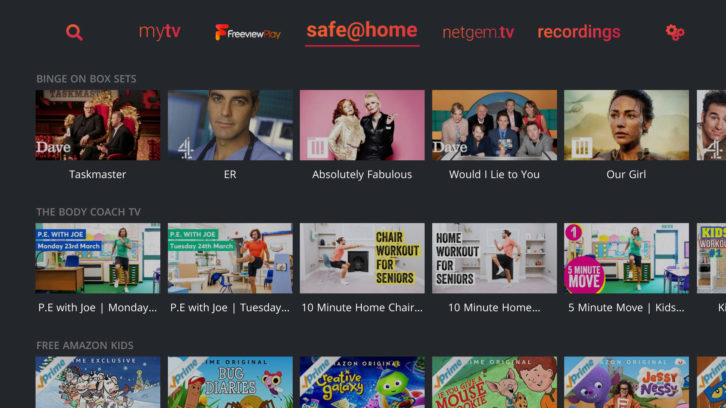The broadcast and media industries are coming to terms with remote working becoming the new norm. Like any other industry, some companies are weathering the storm while others are struggling and will cease to survive. Broadcasters have been hit hard, in particular free-to-air providers who rely on key shows to pull in viewers and thus advertising. They are all frantically seeking to facilitate deals on current inventory and negotiating favourable rates for the future.
Furthermore, this has been a nightmare on scheduling of TV shows. With production effectively grounded, broadcasters and other providers have been forced to carefully consider release dates. Live TV has been impacted, with all production suspended (subject to genre). Sport has been hit hard with some countries choosing to postpone all sporting events until later in the year. Early signs from companies who have released their latest quarterly earnings has already seen the negative impact of Covid-19 on the bottom line. There will be a bigger impact over coming quarters. Loss of revenue from advertising, as well as consumers demanding their monies back form subscriptions. Conversely, watching news has grown and now represents a timely way for broadcasters to provide accurate high-quality information to the public.
Usage of online video services (including free-to-air services like Freeview Play) has sky-rocketed. The pandemic has accelerated this shift which was happening regardless. In fact, it is driving digital transformation in businesses and the way users interact and engage with content across different devices. For many, the shift towards this new way will stick and become the new norm. There are some important lessons for the industry in how to deliver video (eventually live services) at scale over the internet.

Lots of questions and uncertainty remains as to what will happen and when will things return back to normality. From a user’s perspective, I expect many to think twice about how much they spend with their current TV provider and may cut back/substitute in preference for online video streaming services.
Overall, I remain positive on the future of TV in general. With the stay at home rules, users of all ages are watching TV in some shape and form more than they did previously. This is encouraging with more younger people tuning into live TV, especially news as well as on-demand services. For sure, usage will decline once the stay at home rules are lifted. While this is likely, usage of watching all forms of TV (including live, AVoD and premium content) via the internet will continue to grow.
For now, the future of subscription video-on-demand services remains rosy. Any surge in sign-ups towards online video services in the short term will likely see some churn later in the year. While any new player like Quibi or those relying on an ad-funded model will struggle given the market slump.
All providers are currently experiencing challenges of filming new shows due to social distancing. This will have a knock-on effect on all players later in the year. Arguably, Netflix should fare much better with its broad catalogue, while others have a limited content offering and may struggle to retain subscribers. Disney Plus was smart to offer an exclusive annual subscription ahead of its launch.
Therefore, it is important for providers to connect with new audiences in a different way. The successful release of Trolls World Tour via the internet is a notable example. According to reports, the film generated almost $100 million in the past three weeks through digital sales. Though this is alarming for the film business, it paves the way for a new way to reach users and maximise revenue. Also, it mitigates against the growing concern around piracy.

This does not imply a solely streaming future as it might not be appropriate for everyone. Also, this period represents a great opportunity for innovation and unique storytelling. Broadcasters should be applauded for the way they have kept broadcasters ticking over with remote production and virtual galleries. It underlines the value of connectivity such as fibre and 4G and eventually 5G for video contribution and distribution and for user’s consumption.
In essence, we all need robust and reliable connections. The arrival of gigabit connectivity paves the way for endless possibilities. Content and connectivity have never been as intertwined and is underlined by our need to be more connected. Fixed line broadband usage will proliferate as users will be downloading and streaming more live TV and on-demand programming.
Convergence is firmly the next battle ground among providers. Those that are uniquely positioned to bring together super-fast connections with a broad range of services will be better positioned to serve households. It is all about diversification and offering a broad portfolio of services. Beyond the aggregation of live, streaming and downloading content, there is growing appetite to have Cloud-based games as well as music included into bundles.







